Ready to go into battle, our high military commander stands on a promontory overlooking the battle he is leading, which is raging behind him. This enigmatic figure is probably identified by the series of gold letters in the upper right corner of the composition, which we have not been able to decipher, as well as by the coat of arms drawn in gold on the top of his glove.
The numerous analogies with the portrait of Louis II, Prince of Bourbon (the Great Condé), painted by David II Teniers and preserved at the Château de Chantilly lead irremediably to the Antwerp master: the format (22 x 16 cm for the portrait of the Great Condé), the support, the treatment of the feathers on the helmet, and the battle scene mixing horsemen and soldiers made of colored dots in the lower part of the composition. The great precision of the details demonstrates the ease with which Teniers brings to life silhouettes of a few millimeters with his brush.
Our portrait is part of the long list of paintings depicting monarchs and warlords wearing their attributes. Indeed, since the second half of the Renaissance, all over Europe, full-length portraits of military commanders in armor have been painted. This includes the compositions of Antoon van Dyck (Charles I), Philippe de Champaigne (Louis XIII) and Justus Sustermans (Ferdinand II de Medici).
The stylish casseta frame in blackened and gilded wood enriches our precious painting.
Dimensions: 20.5 x 13.7 cm – 30.5 x 24 cm with the frame
Biography: David II Teniers, known as the Younger (Antwerp 1610 - Brussels 1690) was the son of David I Teniers the Elder, painter and friend of Peter Paul Rubens. The eldest of six children, he began painting at a very young age in his father's studio. His brothers Julian, Theodore, and Abraham followed the same path. Young David ventured for a time into copying the greatest Flemish and Italian masters, which enriched his knowledge in a welcome way. He gained great ease in composition, assimilated the best technical processes, and acquired a speed of execution that has become legendary. A master of genre scenes set in cottages or inns, he painted a multitude of drinking and smoking scenes, conversations between buffoons, and romantic ventures. By marrying Anne Brueghel, daughter of Jan Brueghel the Velveteen, as his first wife, he ensured great respect and became a notable in the city of Antwerp. Confident in his talent, legend has it that he could have uttered these words: "I take my genius from nature, my taste from my father, and my perfection from Rubens."
Bibliography:
- Vermoelen, (Maria Huibert) John, Historical Notes on David Teniers and his Family, Belleuvre and Dolbeau, 1870
- Peyre, Roger, David Teniers, critical biography, 1913
- Bocquet, Léon, David Téniers, Editions Nilsson, 1924
- Klinge Margret, Waterfield Giles, Methuen-Campbell James, David Teniers and the Theatre of Painting, catalogue of the exhibition at the Courtauld Institute of Art Gallery, 2006





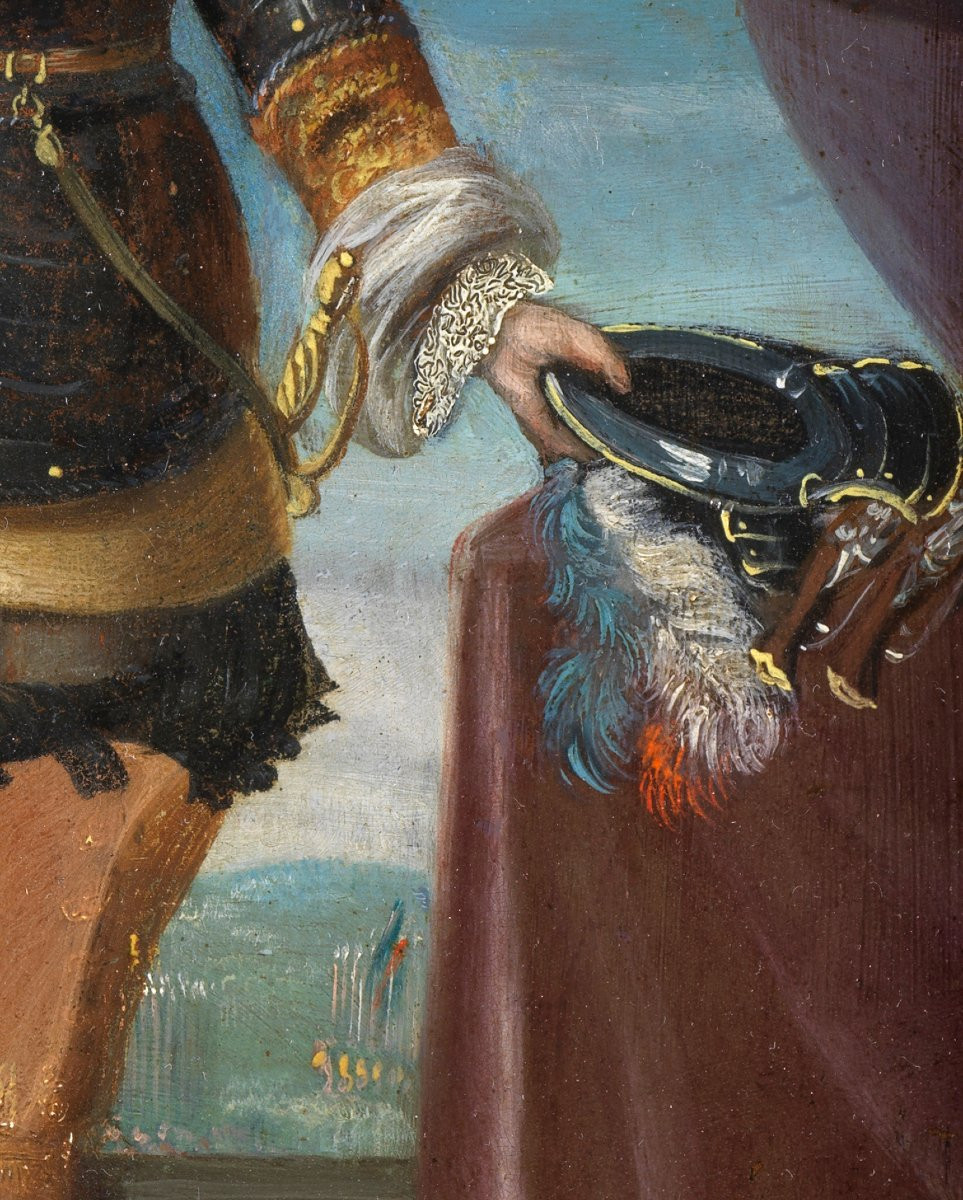
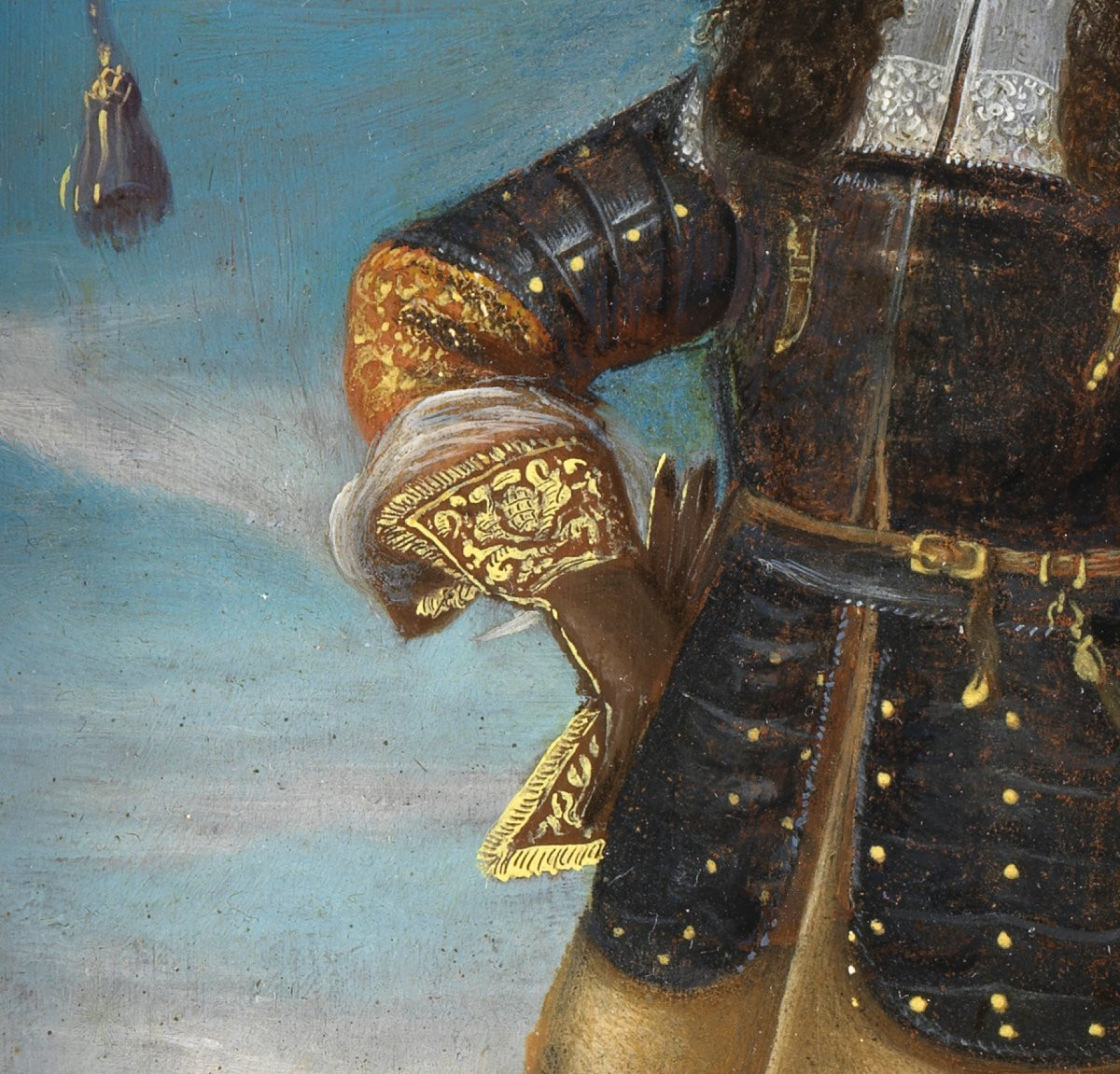









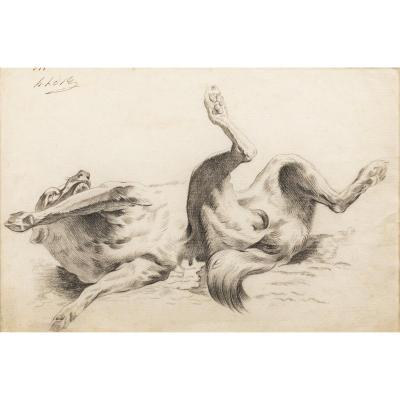
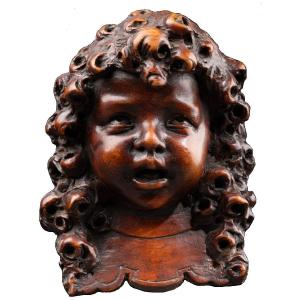

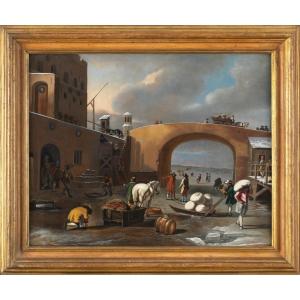
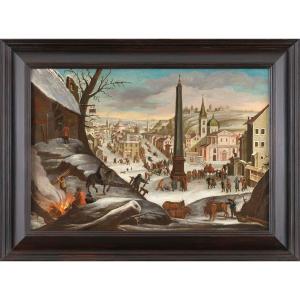




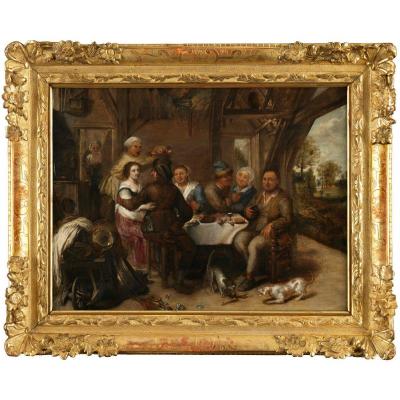





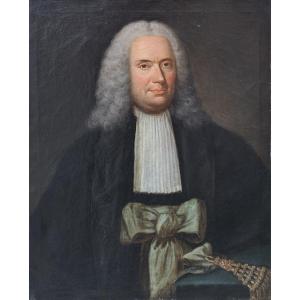

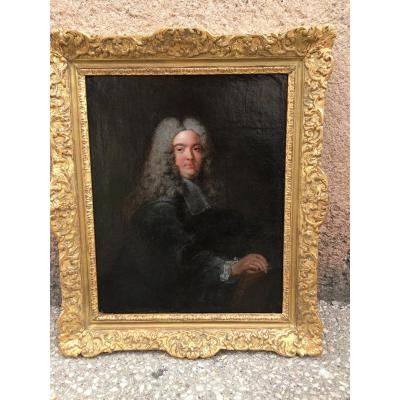





 Le Magazine de PROANTIC
Le Magazine de PROANTIC TRÉSORS Magazine
TRÉSORS Magazine Rivista Artiquariato
Rivista Artiquariato